What is wrong with my holly?
kerrysuz
15 years ago
Related Stories

GARDENING GUIDESWhat's Wrong With My Plant? Leaves Often Hold the Clues
Learn how to identify common plant ailments by reading their leaves
Full Story
COLOR8 Color Palettes You Can't Get Wrong
Can't decide on a color scheme? Choose one of these foolproof palettes for a room that feels both timeless and fresh
Full Story
GREEN BUILDINGHouzz Tour: Off-the-Grid Island Home Circles a Sunny Courtyard
A circular home is a cozy spot for gardening, woodworking and plenty of reading
Full Story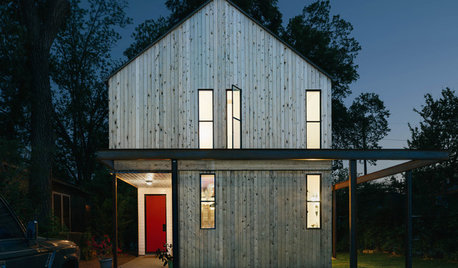
MOST POPULARHouzz Tour: Elbow Grease and Steel Create a Modern Texas Farmhouse
Talk about DIY. This couple acted as architect, interior designer and general contractor to build a one-of-a-kind home on a budget
Full Story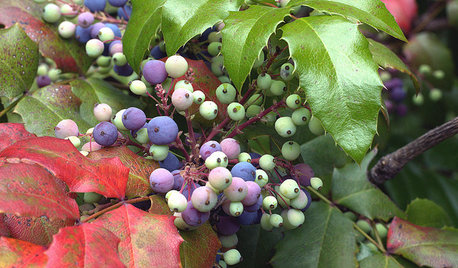
GARDENING GUIDESGreat Design Plant: Mahonia Aquifolium for Birds
Oregon grape puts on a bold spectacle from spring through winter and is ideal to brighten partly shady corners in the U.S. West
Full Story
PATIOSGet Backyard Privacy the Subtler, Stylish Way
Why settle for a hulking brick wall when plants, screens and other refined backyard dividers do the job with panache?
Full Story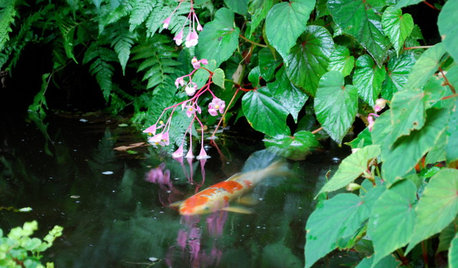
LANDSCAPE DESIGNExplore Your Garden Personality: The Artist
Drawn to shapes, textures and colors? Let your landscape be your canvas
Full Story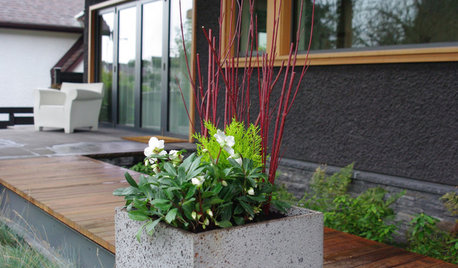
WINTER GARDENING7 Container Plantings to Bring Winter Gardens to Life
Adding instant color but with long-lasting practicality, these plant groupings are bright spots in a slumbering wintertime garden
Full Story
GARDENING GUIDES8 Deer-Resistant Elegant Evergreen Shrubs to Plant This Fall
Who knew that such beautiful shrubs could be deer-resistant?
Full Story
VINTAGE STYLEMy Houzz: Retro Fun Brings an Ohio Home to Life
Aqua splashes mix with antiques and handmade touches for a lively and personal family home in Toledo
Full Story



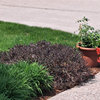
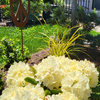
Dibbit
kerrysuzOriginal Author
Related Discussions
Holly plant: is this a disease?
Q
Hollyhock, Hollyhock, Oh Holly, Holly, Holly...
Q
What's wrong with my Hollies?
Q
What's eating my holly tree?
Q
lilgreenfrog
lilgreenfrog
gardener365
Dibbit